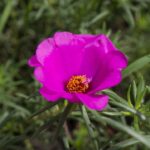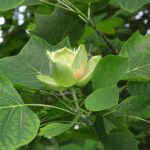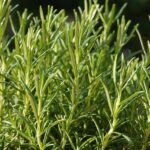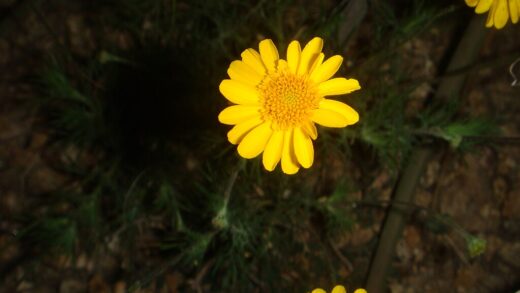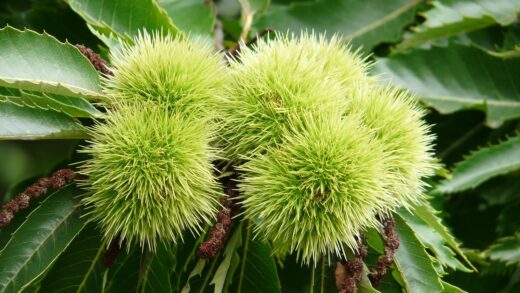The pruning and cutting back of the dahlia
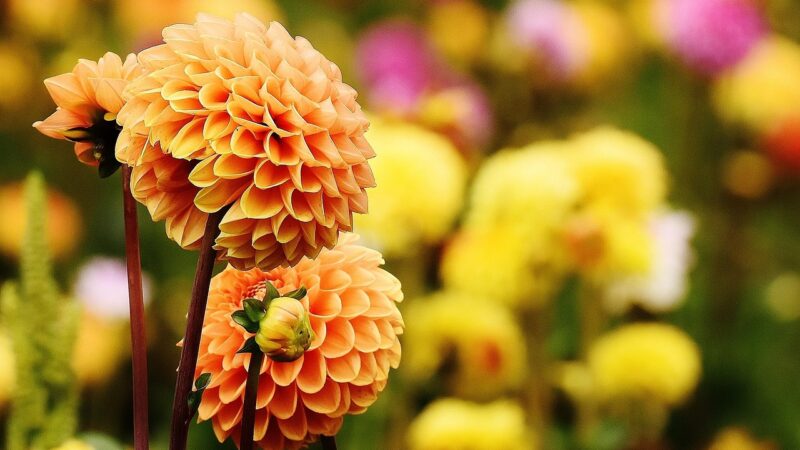
Strategic pruning and cutting back are essential horticultural practices that transform a dahlia from a potentially unruly plant into a well-structured, highly productive flowering machine. These techniques are not about limiting the plant’s growth, but rather about directing its energy in a way that promotes a bushier habit, stronger stems, and a more abundant supply of high-quality blooms. From the crucial initial ‘pinch’ that encourages branching, to the ongoing process of cutting flowers for display, each cut made has a purpose and contributes to the overall health and performance of the plant. Mastering these simple but impactful methods is a key step in elevating one’s dahlia cultivation skills.
The crucial technique of pinching
Pinching is arguably the single most important pruning technique for growing beautiful, bushy dahlia plants. It involves the removal of the central growing tip of the young plant, a process that may seem counterintuitive to a novice gardener but is fundamental to creating a well-structured plant. When a dahlia first sprouts, it has a natural tendency to grow upwards as a single, dominant central stalk. If left unpruned, this can result in a tall, spindly plant with few lateral branches and a limited number of flowering stems, often concentrated at the very top.
The act of pinching removes the apical dominance of that central stalk, forcing the plant to redirect its growth energy outwards. In response to the removal of the main growing tip, the plant will activate the dormant buds located at the leaf nodes further down the stem. This results in the development of multiple side branches, or laterals, creating a plant that is significantly bushier, fuller, and more robust. Each of these new branches will go on to produce its own flowers, dramatically increasing the total number of blooms the plant can yield throughout the season.
The ideal time to pinch a dahlia is when the young plant is between 8 and 16 inches tall and has developed at least three to four sets of true leaves. Using your fingers or a clean, sharp pair of pruners, you simply snip off the top portion of the main stem, just above a set of leaves. This single, simple cut is all that is needed to trigger the branching process. While it may feel like you are setting the plant back, this small sacrifice in initial height is repaid many times over with a much stronger structure and a profusion of flowers.
This technique is especially important for dahlia varieties that are grown for cut flowers, as it leads to the production of longer, stronger stems from the lateral branches. For nearly all types of dahlias, from the smallest pompons to the largest dinnerplates, pinching is a highly recommended practice. The only exception might be for some very dwarf, compact bedding varieties that have been specifically bred to be naturally bushy and self-branching without any intervention. For all others, this early-season pinch is the foundation of a well-formed and floriferous plant.
More articles on this topic
Pruning for plant structure and airflow
Beyond the initial pinch, ongoing pruning throughout the growing season can help to maintain the dahlia’s shape, improve its structure, and promote overall plant health. As the plant matures and becomes bushier, it is beneficial to selectively remove some of the lower leaves and branches. The foliage near the base of the plant, typically the bottom 8 to 12 inches, often receives the least amount of sunlight and can be prone to fungal diseases due to its proximity to the moist soil and reduced air circulation. Removing these lower leaves helps to open up the base of the plant.
This practice of ‘skirting’ or ‘lifting the canopy’ of the dahlia significantly improves airflow through the plant’s dense foliage. Good air circulation is one of the most effective preventative measures against fungal diseases like powdery mildew, as it helps to keep the leaves dry and reduces humidity around the plant. To do this, simply use clean pruners to snip off the leaves and any small, non-productive side shoots that are growing near the ground. This not only improves plant health but also gives the garden bed a tidier, more manicured appearance.
In addition to removing the lower foliage, it can sometimes be necessary to thin out the center of a particularly dense and vigorous dahlia plant. If too many branches are competing for space and light in the middle of the plant, it can lead to weaker stems and smaller flowers. By selectively removing a few of the weaker, inward-growing branches, you can allow more light to penetrate the center of the plant and encourage the remaining stems to grow stronger and more robust. This type of thinning cut should be made all the way back to the main stem from which it originates.
This ongoing structural pruning is not just about disease prevention; it is also about directing the plant’s energy towards its most productive stems. The plant has a finite amount of resources, and by removing unnecessary foliage and weak, unproductive branches, you ensure that more of that energy is channeled into developing large, high-quality blooms on the strongest stems. A well-pruned dahlia is not only healthier but also more efficient in its flower production, resulting in a more spectacular overall display.
More articles on this topic
Cutting for bouquets and end-of-season care
One of the greatest rewards of growing dahlias is the ability to cut them for beautiful indoor bouquets, and an often-overlooked benefit of this is that the act of cutting flowers is itself a form of beneficial pruning. Every time you cut a long stem for a vase, you are essentially performing the same action as deadheading a spent bloom. This removal of a flower encourages the plant to produce more lateral branches and, consequently, more flowers to replace the one that was cut. Therefore, the more flowers you cut, the more the plant is stimulated to produce.
To get the most out of your cut flowers, it is important to harvest them correctly. The best time to cut dahlias is in the cool of the early morning or late evening, as the flowers will be at their most hydrated. Use a sharp, clean pair of snips or a knife and cut a long stem, deep into the plant, just above a set of leaves. This practice, known as ‘cutting deep’, encourages the plant to send up new, long stems from that point, which is ideal for future bouquets. Immediately after cutting, place the stems into a bucket of cool water.
As the growing season draws to a close and autumn approaches, the focus of cutting back shifts from promoting blooms to preparing the plant for dormancy. There is no need for any significant pruning during this late-season period. You should allow the plant to continue growing and flowering until it is naturally stopped by the first hard frost. This frost event will blacken the leaves and stems, signaling the end of the season and triggering the plant to begin storing its remaining energy in its tubers for the winter.
After the foliage has been killed by the frost, it is time for the final cut back of the year. It is recommended to wait a week or two after the frost before cutting, to allow the energy transfer to the tuber to be fully completed. Once this period has passed, use a strong pair of loppers or pruners to cut the entire plant down, leaving stumps that are about 4 to 6 inches tall. This remaining stalk serves as a useful handle for when you lift the tuber clump from the ground for winter storage and is also a convenient place to attach a variety label.





